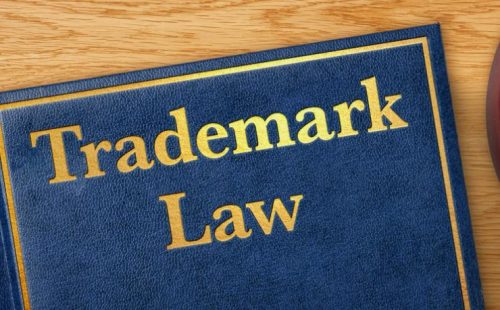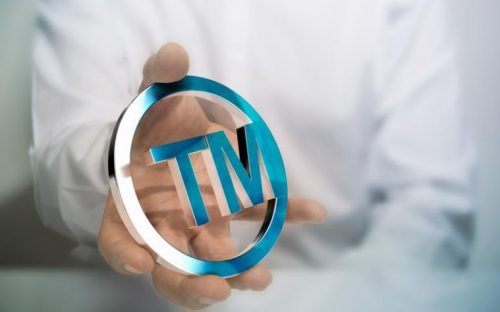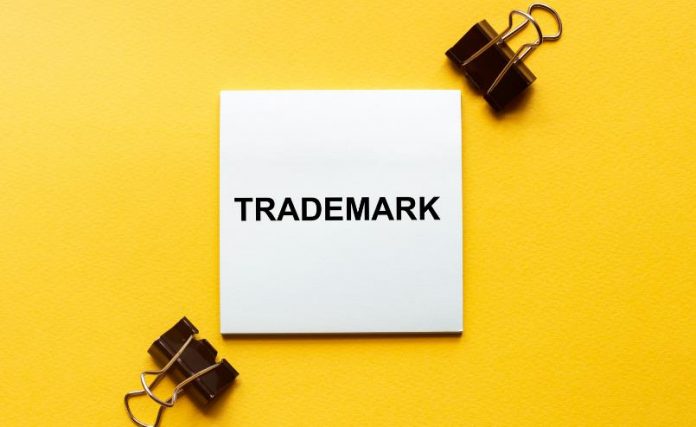Finding a position in business is often challenging for most business owners. Although difficult, it’s a factor that no business owner can ignore. If you’re an entrepreneur, you don’t want clients to confuse your products and services with others in existence. So how will you position your business in your industry by being distinctive?
One way of doing this is by trademarking your business. With trademarking, you can legally prevent other businesses from using your business logo, slogan, or other identifying elements in their products or services. This way, there’ll be no confusion that might make you lose clients.
Trademarking your business identity requires registering the said phrase or symbol with the relevant body. As you do this, it’s important to remember that rejection of the trademark application is possible. Are you wondering why? Here are the top seven reasons for the rejection:
Top 7 Reasons Your Trademark Application Is Rejected
1. There Is An Existing Trademark
Trademarks exist to allow for business distinction. Therefore, two businesses can’t own a similar trademark. Should you get a trademark office action response from your application stating there’s an already existing trademark, you need to find another symbol or phrase for your enterprise.
It’d help to do your research before making an application. There are online platforms that can assist you in getting this information.
 You can search locally if you plan on operating within your state. However, if you plan to expand to other states, please do a global trademark search first.
You can search locally if you plan on operating within your state. However, if you plan to expand to other states, please do a global trademark search first.
It’s good to point out that if you’re flagged due to this reason, it doesn’t necessarily mean that your trademark is an exact replication of an existing one. If it’s different but brings confusion among clients, expect it to be rejected by the registering bodies. For instance, your trademark might be pronounced similarly to one that already exists but has a different spelling. Such would cause a lot of confusion among customers.
2. The Trademark Is Descriptive Or General
One of the rules of creating a trademark, especially on phrases and words, is that they shouldn’t be descriptive. A descriptive trademark states the purpose of your goods or their ingredients. Also, your trademark word shouldn’t be the name of your product, such as the trade name Apple, for an apple-selling business.
To prevent the rejection of your trademark on the grounds of a too descriptive phrase or word, ensure it’s distinctive. It doesn’t have to be directly related to your product or service.
On the other hand, a general trademark makes use of overly vague terms like ‘Happy’. It will be difficult for a brand to describe how its goods or services make people happy. Therefore, ensure the words you use for your trademark convey to your customers what the essence of your business is.
3. The Trademark Is Offensive
Just because a given trademark represents your brand doesn’t mean you can use any phrase or word, especially if it’s offensive. Therefore, if yours is offensive, expect the regulating bodies to reject it.
Also, in no way should your phrase, word, or symbol hurt any religion, race, or culture. So, it’s essential to research what your phrase or symbol means to various audiences.
 Besides being offensive, your phrase, word, or symbol shouldn’t be immoral. This is especially true if you intend to sell your goods or provide services in your home country or abroad.
Besides being offensive, your phrase, word, or symbol shouldn’t be immoral. This is especially true if you intend to sell your goods or provide services in your home country or abroad.
In addition to checking a word’s meaning, ensure your chosen phrase or word isn’t prohibited in your state. A mere search on the dos and don’ts of a trademark in your state should guide you. With such insight, your intended trademark won’t be offensive, ensuring you get it approved the first time you apply.
4. Wrong Submission
You can register your trademark in a number of different categories, including phrases or words, colours, symbols, logos, sounds, and designs. Keep in mind that if you apply for a phrase trademark but submit it under the logo category, the governing authority will instantly reject your application.
Hence, verifying your trademark application twice or thrice before the submission is important. You’ll likely identify errors and rectify them. Doing this increases the chances of your application’s success within the first attempt, enabling you to run your business operations stress-free.
5. Working Independently
Independently making your trademark application is commendable but not encouraged. Why? There’s a high probability of making errors during the process, causing a lot of back and forth that can be frustrating. As a result, you might drop your application, which can be disadvantageous to your business.
 By working with a team of trademark experts, you can avoid most, if not all, trademark rejections. This team has experience creating trademarks and will get one for your business. In addition, they’re aware of all legal procedures surrounding trademark applications. Before submitting a logo or phrase on your behalf for trademarking, they’ll ensure it abides in all contexts, increasing the chances of approval.
By working with a team of trademark experts, you can avoid most, if not all, trademark rejections. This team has experience creating trademarks and will get one for your business. In addition, they’re aware of all legal procedures surrounding trademark applications. Before submitting a logo or phrase on your behalf for trademarking, they’ll ensure it abides in all contexts, increasing the chances of approval.
6. The Trademark Is Deceptive
A deceptive trademark is similar to false advertising, which is illegal in most, if not all, states. You will encounter problems with your application if your trademark does not reflect the quality of your goods or the services you guarantee to provide.
Suppose you’re selling furniture under the trade business name Natural Wood. Your trademark will be rejected if the furniture you create is not composed of natural wood since it is misleading. The same can happen if you specify the origin of your goods but do not obtain your raw materials there.
7. Not Availing The Necessary Documents
Most business processes require documents to be made available to the appropriate bodies. In this situation, submitting the necessary paperwork will ensure that your trademark application is accepted. They’ll likely require your business registration document, business license, a softcopy of your logo, the physical address of your business, and a partnership deed or incorporation certificate, depending on your business structure.
 Suppose you fail to avail one of these documents. By default, the regulating body will reject your trademark application. Therefore, it’s advisable to get all the documents your state requires and attach them to the application form. By doing this, you may save time and cut down all the needless correspondence between you and the regulatory organization.
Suppose you fail to avail one of these documents. By default, the regulating body will reject your trademark application. Therefore, it’s advisable to get all the documents your state requires and attach them to the application form. By doing this, you may save time and cut down all the needless correspondence between you and the regulatory organization.
Conclusion
A trademark is a sure way of protecting your company’s intellectual property, making it crucial. As a business owner, you want your logo or phrase trademarked as soon as possible to prevent your competitor from taking it as their own. The discussion above highlights the reasons the application process can be a failure. It’s best to familiarize yourself with these errors to avoid falling victim to the same and ensure your application is successful on the first attempt.





































